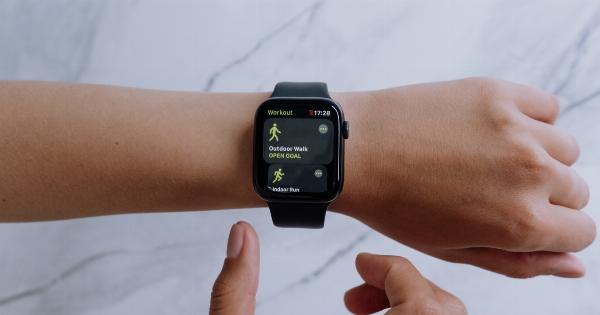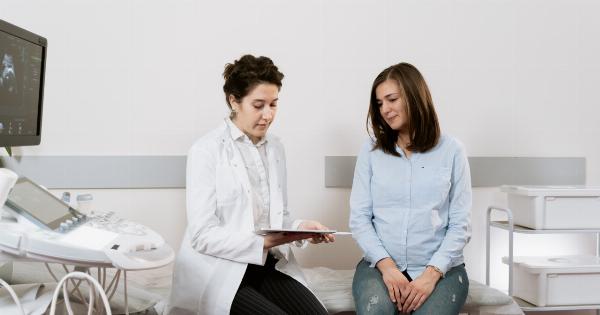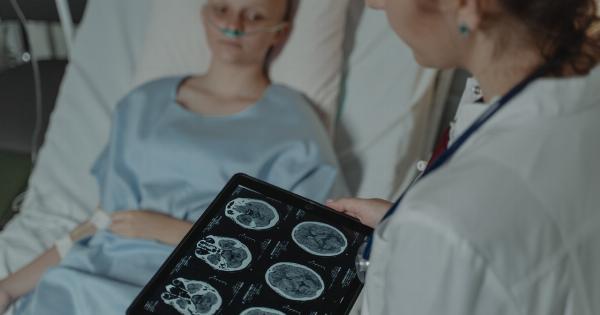Infections acquired in hospitals, known as healthcare-associated infections (HAIs), pose a significant threat to patient safety.
According to the World Health Organization (WHO), an estimated 7-10% of hospitalized patients acquire at least one HAI globally. These infections not only cause prolonged hospital stays and increased healthcare costs but also result in significant morbidity and mortality.
The Need for Advanced Technology
Detecting and preventing HAIs is essential to ensure patient safety and provide effective healthcare.
Traditional methods of infection detection, such as visual inspections and culture-based testing, have limitations in terms of accuracy, speed, and efficiency. Advanced technologies offer a vast improvement in the detection and management of hospital-acquired infections.
Automated Surveillance Systems
Automated surveillance systems leverage advanced algorithms to monitor patient data in real-time and identify potential infections earlier.
These systems analyze a wide range of data sources, including electronic health records, laboratory reports, and even wearable devices, to detect patterns indicative of infections. By continuously monitoring patient data, these systems can alert healthcare providers promptly, allowing for early intervention and prevention.
Electronic Hand Hygiene Monitoring
Poor hand hygiene is a primary contributor to the spread of infections within healthcare facilities.
Electronic hand hygiene monitoring systems utilize advanced sensors and algorithms to track healthcare workers’ compliance with hand hygiene protocols. These systems can detect hand hygiene events, capture data on compliance rates, and provide feedback to improve hygiene practices.
By promoting better hand hygiene, these technologies play a vital role in reducing the transmission of infectious agents in hospitals.
Real-Time Location Systems
Real-time location systems (RTLS) use various technologies, including Wi-Fi, RFID, and ultrasound, to track the movement of patients, staff, and equipment within a healthcare facility.
These systems enable accurate and real-time monitoring of patient flow, staff interactions, and asset management, facilitating the identification of potential sources of infections. By understanding the movement patterns and interactions, healthcare providers can implement targeted infection control measures and minimize the risk of transmission.
Molecular Diagnostic Techniques
Traditional culture-based methods often require extended turnaround times to identify infectious agents.
Molecular diagnostic techniques, such as polymerase chain reaction (PCR) and next-generation sequencing (NGS), offer rapid and precise identification of pathogens. These technologies detect the genetic material of microorganisms, allowing for early diagnosis and specific treatment selection.
Molecular techniques also enable the detection of antibiotic resistance genes, guiding appropriate antibiotic stewardship and preventing the spread of drug-resistant infections.
Bioactive Surfaces and Materials
The surfaces and materials used in healthcare environments play a crucial role in the transmission of infections. Innovations in material science have led to the development of bioactive surfaces that possess antimicrobial properties.
These surfaces can actively kill or inhibit the growth of microorganisms, reducing the risk of surface-mediated transmission. Examples include copper-infused materials, antimicrobial coatings, and self-cleaning surfaces. Implementing such materials in healthcare settings can significantly contribute to infection prevention efforts.
Data Analytics and Predictive Modeling
Advanced data analytics and predictive modeling techniques offer valuable insights into infection patterns, risk factors, and outcomes.
By analyzing large datasets, these models can identify trends, predict potential outbreaks, and guide infection control strategies. Machine learning algorithms can also help in identifying patients who are at higher risk of developing infections, allowing for targeted interventions and allocation of resources.
Leveraging the power of data analytics and predictive modeling enables healthcare facilities to proactively address the challenges of HAI prevention.
Air and Water Disinfection Systems
Airborne and waterborne transmission of infections are significant concerns in healthcare settings.
Advanced technology solutions, such as ultraviolet germicidal irradiation (UVGI) systems and advanced water disinfection techniques, provide effective means of controlling microbial contamination. UVGI systems use UV light to kill or inactivate microorganisms in the air and on surfaces, reducing the risk of airborne transmission.
Similarly, advanced water disinfection systems employ various methods, such as ozone treatment and ultrasonic technology, to ensure the removal of pathogens from water sources.
Robotics and Automation
Incorporating robotics and automation in infection detection and control processes can enhance efficiency, reduce human errors, and minimize direct contact with infectious materials.
Robotic technologies, such as automated disinfection robots and autonomous delivery systems, can perform tasks such as surface disinfection, waste management, and medication delivery, minimizing the risk of cross-contamination. Automation also extends to laboratory processes, where robotic systems can handle sample processing, reducing the time required for test results and enhancing accuracy.
Training and Education
Advanced technology alone is insufficient without proper training and education of healthcare professionals.
Training programs should be in place to ensure healthcare providers understand the capabilities and limitations of these technologies and can effectively utilize them. Additionally, raising awareness among healthcare workers about the importance of infection prevention and control practices is essential in creating a culture of safety within healthcare facilities.
Conclusion
Advanced technology plays a crucial role in the detection and prevention of hospital-acquired infections.
With automated surveillance systems, electronic hand hygiene monitoring, real-time location systems, molecular diagnostic techniques, bioactive surfaces, data analytics, air and water disinfection systems, robotics, and proper training, healthcare facilities can significantly improve infection control practices and enhance patient safety. Embracing these advanced technologies is essential to effectively combat the ongoing threat of in-hospital infections.





























